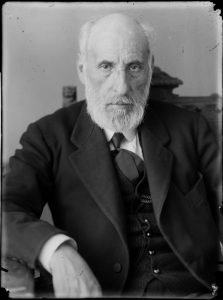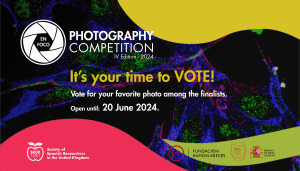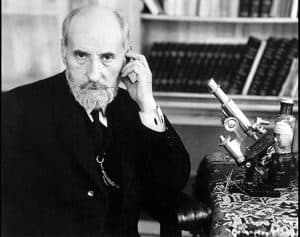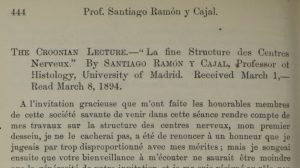Santiago Ramón y Cajal, often regarded as the father of modern neuroscience, played a pivotal role as a mentor, profoundly influencing the scientific community. His mentorship extended beyond mere guidance; he fostered a collaborative environment that encouraged curiosity, rigorous experimentation, and critical thinking.
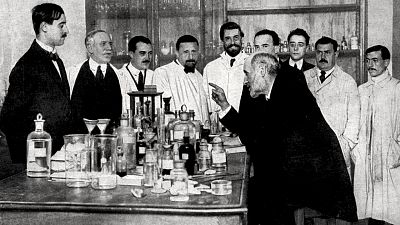
Cajal’s school, known as the “Spanish Neurological School”, became a hub for groundbreaking research and innovation. Under his leadership, many of his students made significant contributions to neuroscience, furthering our understanding of the nervous system. The importance of his school lies not only in its scientific achievements but also in its nurturing of future generations of neuroscientists, ensuring the continued advancement of the field. Cajal’s legacy as a mentor is reflected in the enduring impact of his teachings and the thriving community of researchers he inspired.
Let’s mention here -just- some of his disciples and his contributions to science:
Francisco Tello (1880–1958)
Francisco studied the structure of the pituitary gland and the lateral geniculate nucleus and described aspects of the regeneration of peripheral nerves. He also characterised neurogenesis during different stages of development in chicken.

Nicolás Achúcarro (1880–1918)
Nicolás was the first to describe the neuropathological changes provoked by rabies’ virus infection and the transformation of normal astroglia into reactive astrocytes in progressive general paralysis. Achúcarro was the first to suggest that glial malfunction could itself generate disease in the CNS, without primary damage to neurons.

Pío del Río-Hortega (1882–1945)
Pío identified two of the four main types of nervous cells: oligondendrocytes and microglia and his proposed classification for the CNS tumours remains valid today. He was nominated twice to the Nobel Prize.

Rafael Lorente de Nó (1902–1990)
Rafael was the first to characterize the synaptic delay, the refractory period and the spatio-temporal summation of nerve impulses as well as the columnar organization of the cortex. He described the “recurrent neuronal circuits” in the neocortex, the first evidence of functional feedback in the physiology of the CNS, fundamental for the later development of modern cybernetics.

Fernando de Castro (1896–1967)
Fernando’s interest was focused on the different structures in the peripheral nervous system, such as the sympathetic and parasympathetic ganglia. He was the first to describe the blood chemoreceptors in the carotid bodies, responsible for the cardio-respiratory reflexes.
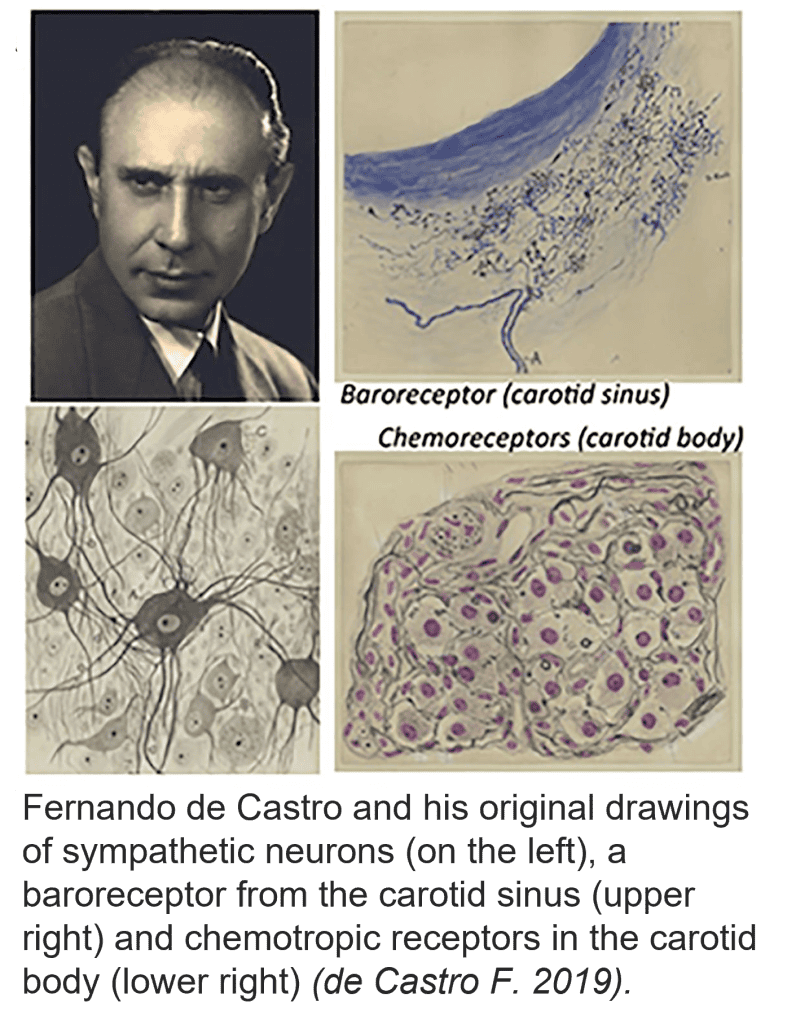
References and more information can be found here:
- de Castro F. Cajal and the Spanish Neurological School: Neuroscience Would Have Been a Different Story Without Them. Front Cell Neurosci. 2019 May 24;13:187. doi: 10.3389/fncel.2019.00187. PMID: 31178695; PMCID: PMC6542961.
https://www.frontiersin.org/journals/cellular-neuroscience/articles/10.3389/fncel.2019.00187/full - Martínez-Tello FJ. Jorge Francisco Tello Muñoz (1880-1958): First Pupil and the Man of Relay of Cajal. Anat Rec (Hoboken). 2020 May;303(5):1203-1205. doi: 10.1002/ar.24372. Epub 2020 Jan 23. PMID: 31971326.
https://anatomypubs.onlinelibrary.wiley.com/share/EEE9AZEXM5CBJGSCEXTR?target=10.1002/ar.24372

